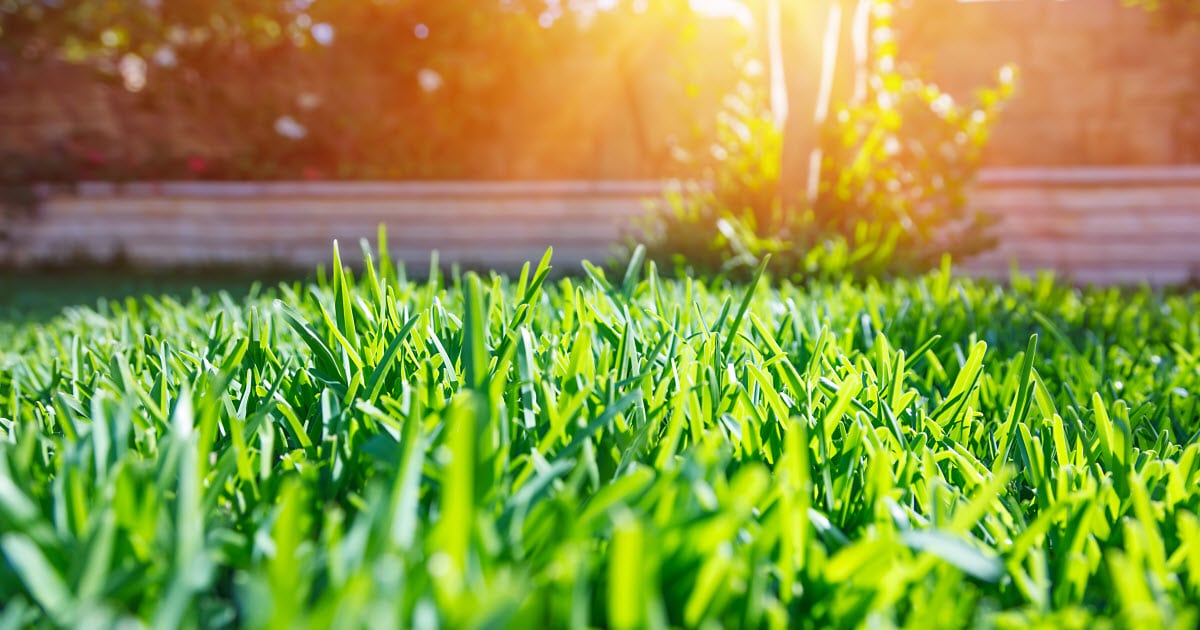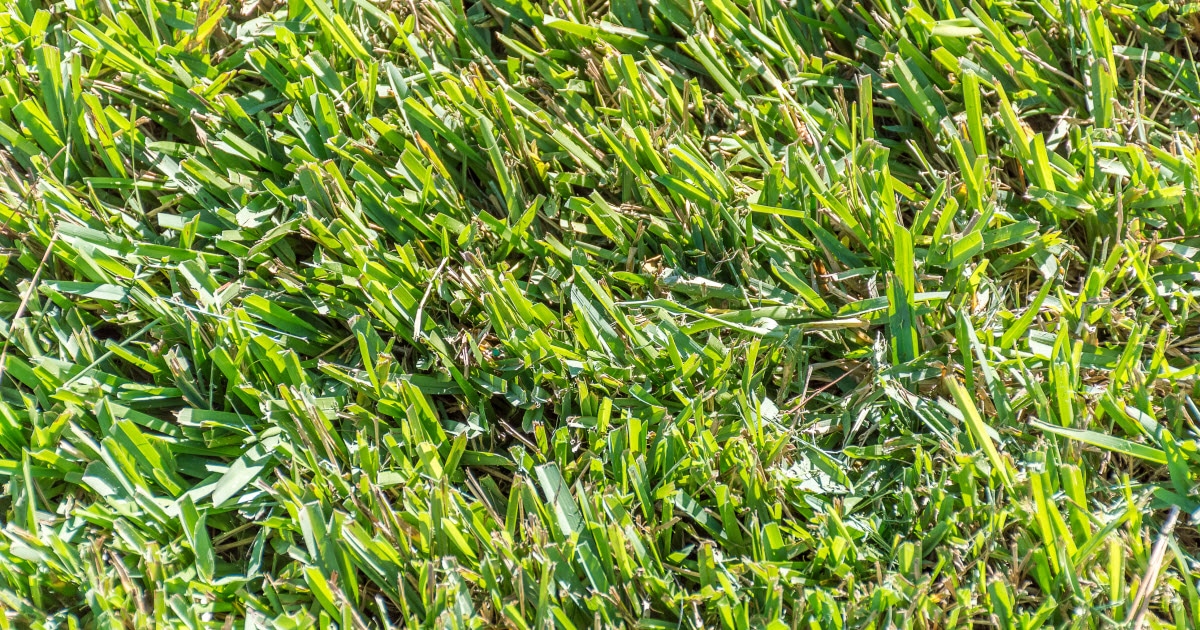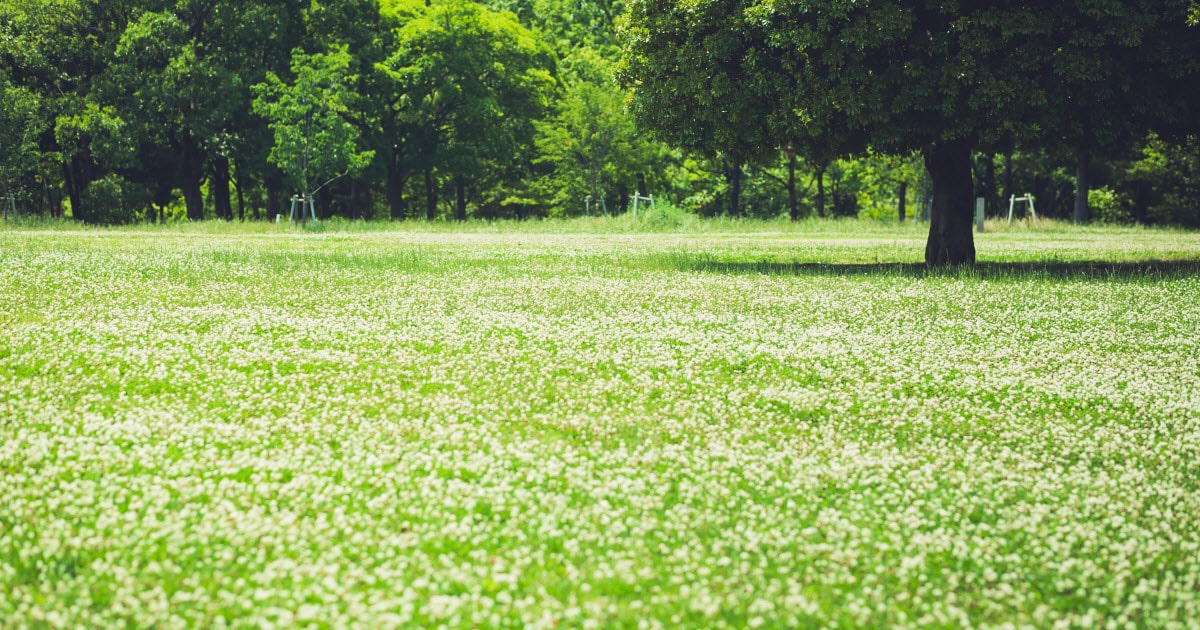Need a grass type that does well in shade? Creeping red fescue grass is great for this purpose. It thrives in partial and heavy shade, quickly spreads out, and will promptly fill in bare spots. Creeping red fescue also develops deep roots, and because it doesn’t have the sun requirements that some other grasses need to thrive, it’s a great option for those troublesome areas under trees with a dense canopy.
Read More


















